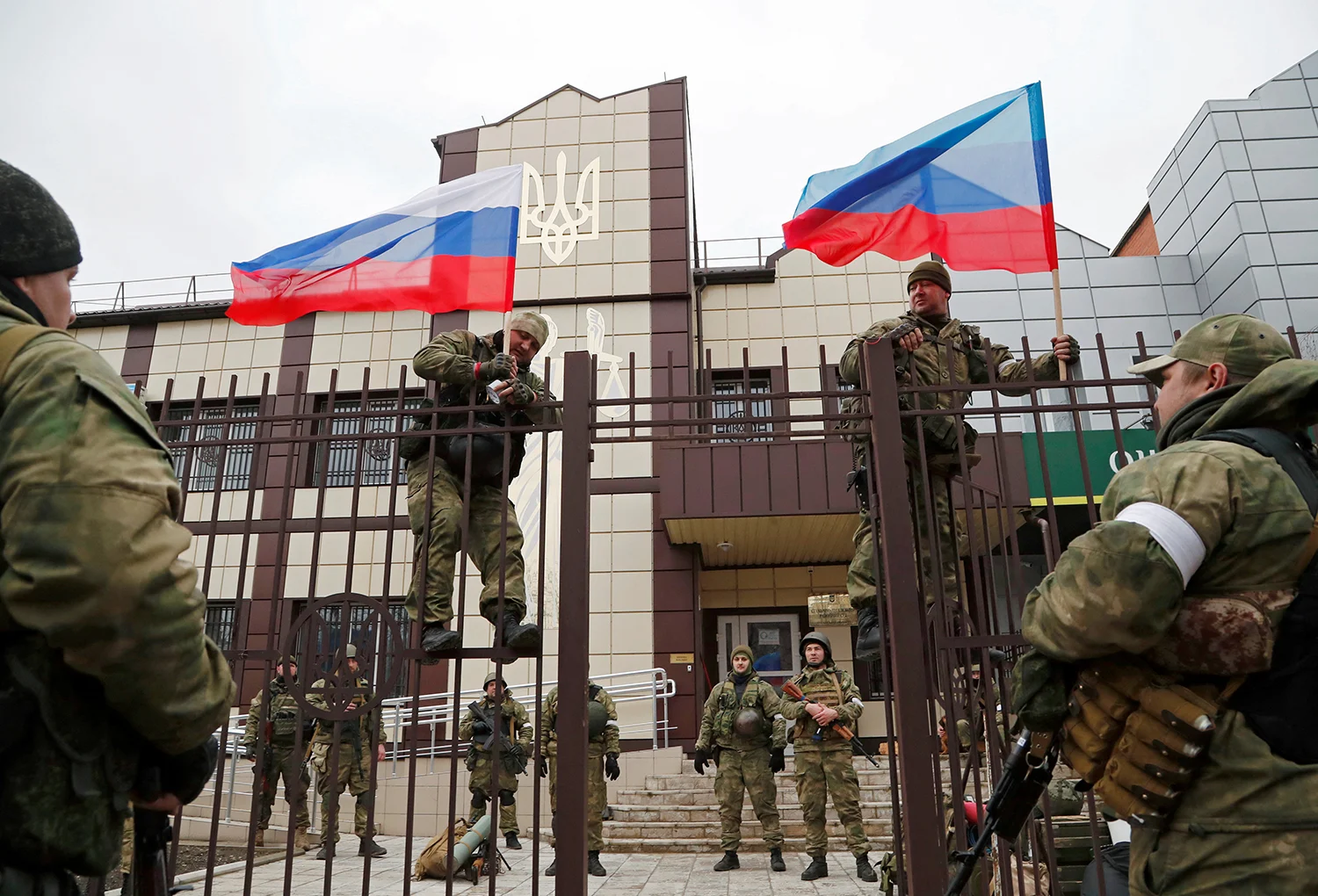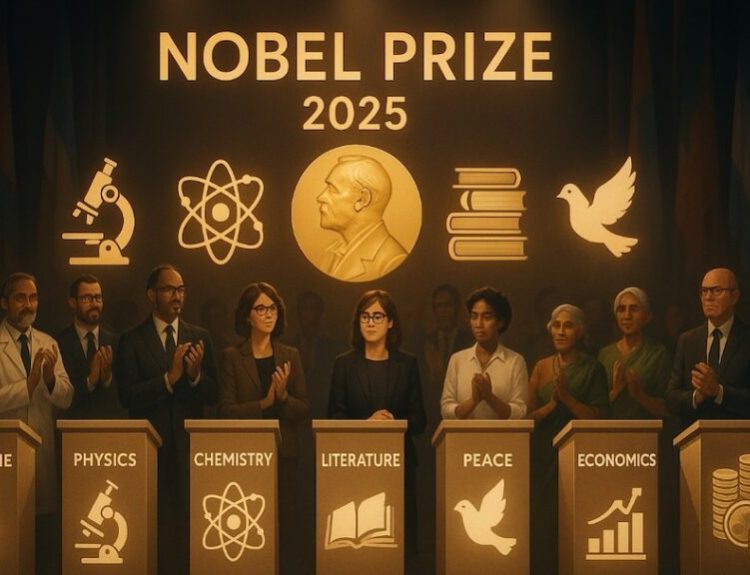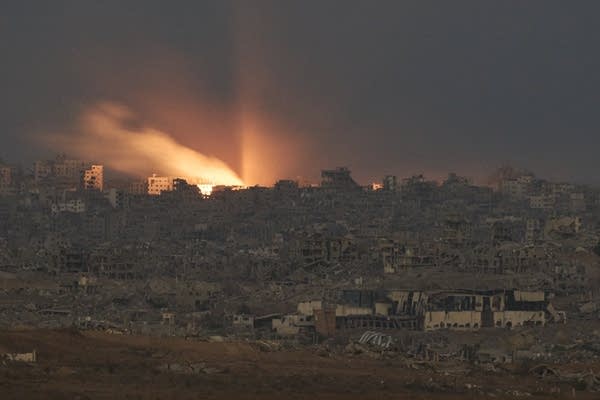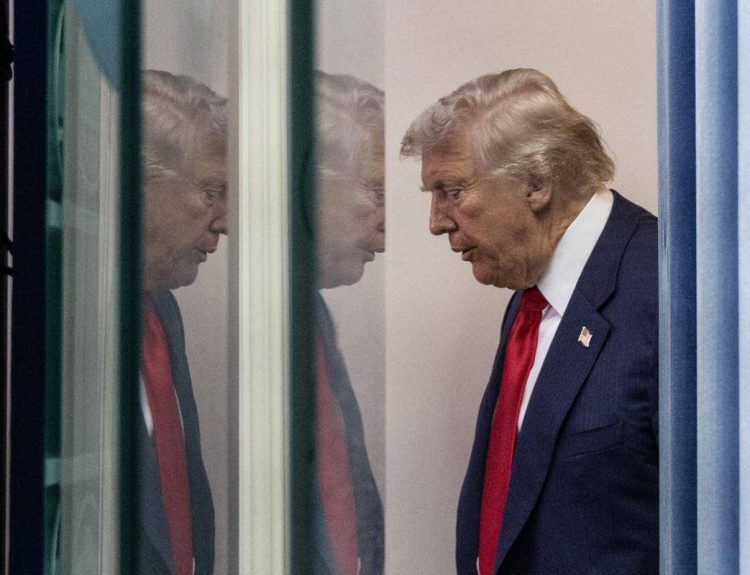Europe is once again on edge after Russia launched its largest aerial assault since the invasion of Ukraine began in 2022, a stark reminder that the conflict is far from contained. Overnight, waves of over 800 drones, missiles, and decoys targeted Ukrainian cities, with Kyiv suffering one of the heaviest bombardments to date.
For the first time, the Cabinet of Ministers building in Kyiv was struck directly, igniting fires and damaging a core symbol of governance. Ukraine’s air defenses managed to intercept the majority of incoming projectiles, yet several still penetrated, leaving at least four civilians dead—including an infant and mother—and over forty injured.
President Volodymyr Zelensky condemned the assault as a deliberate act of escalation, warning European allies that Russia’s strategy is not only aimed at Ukraine but at undermining continental stability. His appeal for stronger sanctions and advanced air defense systems has gained urgency, particularly as NATO officials acknowledge the growing strain of sustaining Ukraine’s defense at current levels.
A Broader Geopolitical Signal
This surge in strikes carries symbolic weight: Russia is signaling both military resilience and its willingness to escalate at a time when Western attention is divided between global conflicts, economic slowdowns, and political shifts in Europe and the United States.
Security analysts note that the bombardment serves as a test of European unity. With winter approaching, Russia may seek to pressure Ukraine’s infrastructure while simultaneously deepening fractures in European politics, where debates over military spending and energy security remain unresolved.
Human Toll Beyond the Battlefield
While the political implications dominate headlines, the human dimension is staggering. Families displaced, infrastructure in ruins, and a generation of Ukrainian children raised under air-raid sirens reflect the unrelenting cost of war. Hospitals in Kyiv reported treating multiple children with blast injuries from last night’s strikes, a sobering reminder of the civilians caught in the crossfire.
Europe’s Strategic Crossroads
The attack leaves Europe at a strategic crossroads. Does the continent double down on its defense commitments, accepting the financial and political costs of a long war? Or does it risk fatigue, creating openings for Russia to exploit divisions?
The European Council is set to meet in Brussels later this week, where the strikes will dominate discussions. Diplomats suggest proposals for a joint European air defense initiative, pooling resources to safeguard both Ukraine and EU member states from the spillover of Russia’s aggression.
The Global Stakes
Beyond Europe, the strikes reverberate in global markets and alliances. Energy prices spiked briefly after news of the attack, reviving fears of supply disruptions. Washington reaffirmed its support for Kyiv, though analysts caution that U.S. domestic politics could limit long-term commitments. Meanwhile, China and other powers are closely observing whether Europe can sustain a unified response.
Conclusion
Russia’s intensified strikes underscore a stark reality: the war in Ukraine is not a regional dispute but a global security fault line. Europe stands as the first frontier, but the implications reach far beyond its borders—testing alliances, shaping energy markets, and redefining the balance of power in the 21st century.



